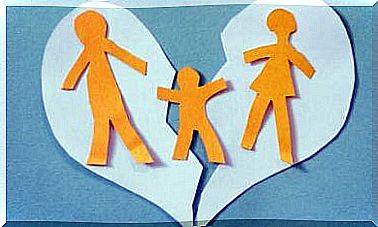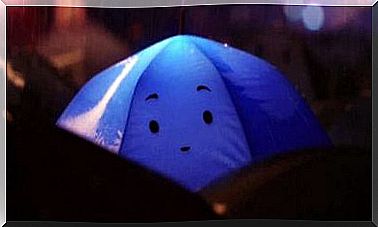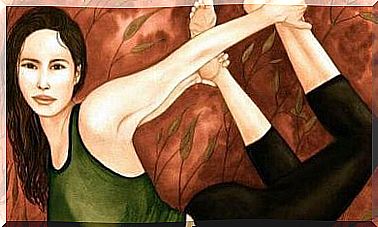Microexpressions According To Paul Ekman

Paul Ekman is considered by the American Psychological Association (APA) to be one of the most important and influential psychologists of the 21st century. One of the biggest benchmarks in the field of lie detection and the relationships between emotions and facial expressions. In addition, he was a co-discoverer of microexpressions. In this article we explain what microexpressions are, how they look and their importance!
Ekman states that microexpressions occur in the course of a conversation and can often (as in fact happen) go totally unnoticed by the potential recipient. However, their importance is evident because they are rapid facial movements not controlled by the person and which represent different emotions.
Microexpressions: from facts to theory
Paul Ekman is one of the people who knows best how authentic emotions are delineated on our face. He defines himself as “a scientist whose discoveries have changed his way of thinking”.
After years of enacting the peculiarity of emotions, he managed to obtain funding for a project that has become the turning point of his career. These funds were used to study, on site and in depth, the origin of emotions in more than twenty cultures.
His results served him to lay the foundations for his best-known generalization: emotions are not cultural, but biological. Therefore they are universal and are the result of gene expression.
Thanks to these genes, some muscle groups of the face contract simultaneously according to a certain model according to the emotional state of the person. If she is cheerful, radically different movements will occur than would occur if she were pervaded by fear. From this idea then two others derive.
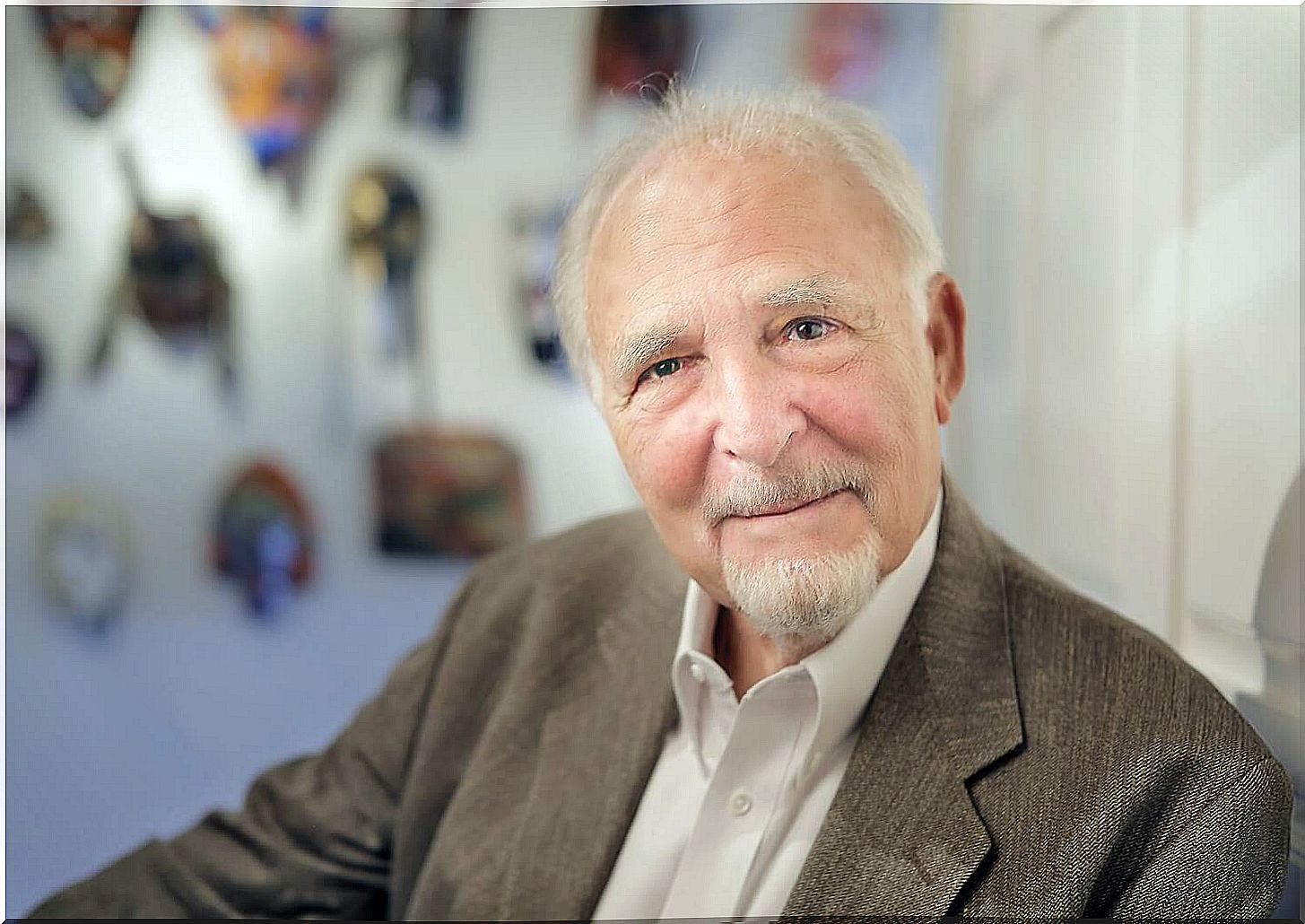
Universal and emotional micro-expressions
The first is that the appearance of microexpressions occurs in a similar way in all human beings. In other words, all people open their mouths to express surprise, regardless of their culture, development, education or how they spent their childhood.
The second is that a group of universal emotions is closely related to these small gestures. A slight smile, a quick arch of the eyebrows, a sudden itch in the nose… These are all small variations in the muscles of the face, almost imperceptible and involuntary, which in most cases are a reflection of our emotions.
Ekman’s central proposition, then, is that since there are well-defined emotions and a predefined way of expressing them, it is entirely plausible that other people are able to recognize, understand, and even use them for certain purposes.
Emotions that represent micro-expressions
We need emotions to make decisions, communicate, understand others or ensure the transmission of our genes. With this motivation, Ekman came to identify up to 10,000 different expressions. In 1978, together with Wallace Friesen, he classified them in his Facial Expression Coding System (FACS), which is based on the anatomy of the facial muscles.
Can you tell what emotion comes into play when someone wrinkles their nose and upper lip? Would it be possible to know if someone is scared just by looking into their eyes? We explain what are the microexpressions corresponding to these 6 universal emotions:
- Joy : cheek lifting. Corners of the mouth retracted and raised. Wrinkles on the skin under the lower eyelid. Wrinkles between the nose and upper lip and in the outer eye area.
- Displeasure : raised upper lip. Usually asymmetrically. Wrinkles on the nose and areas surrounding the upper lip. Wrinkles on the forehead. Lifting of the cheeks by wrinkling the lower eyelids.
- Anger : low, contracted and oblique eyebrows. Tense lower eyelids. Lips tight or open as if to scream. Intense look.
- Fear : lifting and twitching of the eyebrows. Elevated upper and lower eyelids. Tense lips. Sometimes the mouth is open.
- Surprise : lifting of the eyebrows, arranged in a circular position. Stretching of the skin under the eyebrows. Eyelids open (upper ones raised and lower lowered). Lowered mandible.
- Sadness : lower corners of the eyes down. Triangle shaped eyebrow skin. Lowering of the corners of the mouth, which can also be trembling.

Learn to uncover lies in 32 hours
Paul Ekman says the most common reason people lie is to avoid the punishment that comes with breaking a rule. He believes that, given the current concern for the honesty of those around us, microexpressions can help us spot the lies that are trying to feed us.
These micro-movements last for a twenty-fifth of a second. Impossible to be detectable to the human eye if it is not trained to do so. The psychologist therefore decided to test about 15,000 people, showing that 99% of the participants were unable to perceive them.
He began to highlight the impact that the ability to read others might have. And that was how Ekman started holding workshops on how to spot liars and discover the microexpressions that betray them. The most amazing thing is that it ensures that you can learn how to spot them in just 32 hours!
The key is to identify the variants / dissonances of people’s normal behavior. For example, if someone is saying something and shrugs a little at the same time, they are probably telling a lie. The same can happen if you scratch your nose or move your head to one side.
However, nothing is 100% reliable. There is always a small margin for error. As the writer Roberto Espinosa notes, the reliability of the survey depends more on those who analyze than on those who make the gesture: “it is said that there are no bad liars, but good experts”.
The automatism of microexpressions
Being sufficiently trained to detect microexpressions can be favored by their automatism. This means that they cannot be absolutely hidden or masked. Although you can try to hide them at a given moment, it is practically impossible to mask them all the time.
Even the most liars and most used to cheating others are unable to control their subconscious indefinitely. Sooner or later, to the trained eye, they end up revealing themselves.
It is also true that, although the training to decipher these microexpressions is basic, sometimes it is not that simple. In practice, to detect them you have to pay close attention to the other person, stare at them, observe them from afar… And this can be annoying for the person who is undergoing an evaluation without knowing it.
And sometimes the “information noise” that masks the way of gesturing is also striking. Sometimes a specialized team is absolutely necessary to capture these moments.
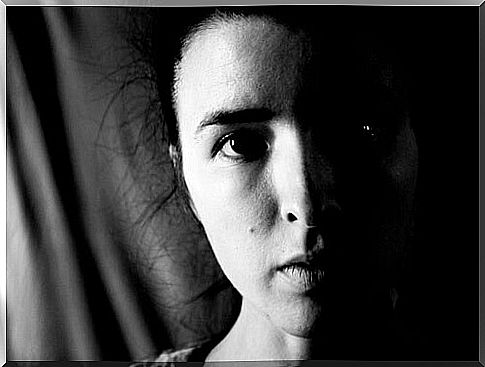
Microexpressions allow us to develop certain skills
According to Paul Ekman, training to detect microexpressions can help us develop certain social and emotional skills. Including emotional intelligence or empathy, improving the management of emotions.
Being able and quick to identify these small gestures allows us to recognize certain behaviors and better appreciate the feelings of others. It also helps us be more aware and express our own emotions more accurately, increasing the chances that others understand us. In this way, we become more sensitive to the range of emotions, which increases our connection with the rest of the people.
Many compare him to figures such as Darwin, Wundt, Pavlov, Watson, Skinner, Cattell or Sternberg. Paul Ekman has undoubtedly become one of the emblems of modern psychology. His contributions in this field have laid the foundation for a real emotional educational trend.

